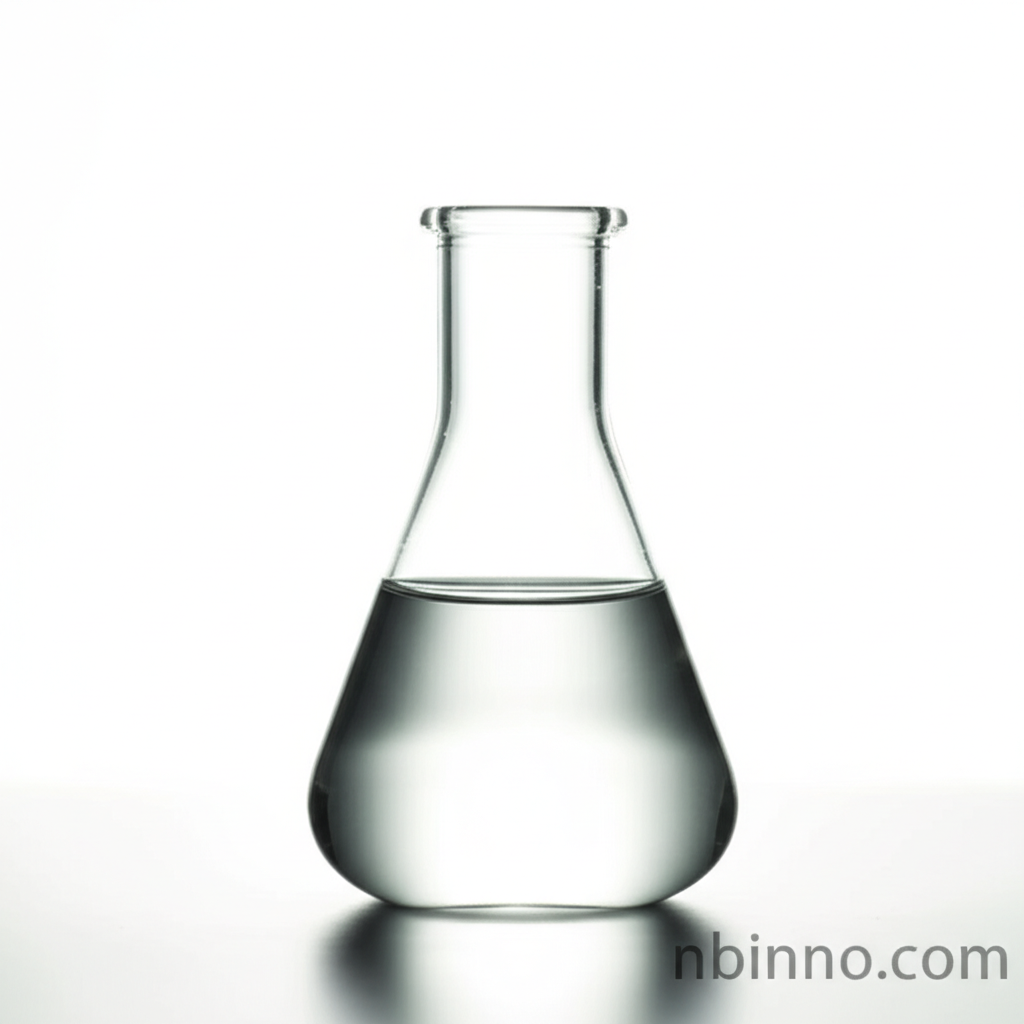1-Bromo-2,3-epoxypropane (CAS 3132-64-7): A Versatile Intermediate for Organic Synthesis and Pharmaceutical Applications
Discover the properties, uses, and safety of this key chemical intermediate.
Get a Quote & SampleProduct Core Value

1-Bromo-2,3-epoxypropane
1-Bromo-2,3-epoxypropane, commonly known as epibromohydrin, is a critical chemical intermediate widely utilized in various synthesis processes. Its unique structure, featuring both an epoxide ring and a bromine atom, imparts significant reactivity, making it invaluable for creating complex molecules.
- Exploring the multifaceted uses of epibromohydrin in organic synthesis reveals its importance as a building block. This compound is essential for creating pharmaceuticals such as antihypertensive agents, beta-blockers, and antifungal agents.
- The application of CAS 3132-64-7 in agrochemicals manufacturing includes herbicides, insecticides, and fungicides. Its role here contributes to crop protection and agricultural productivity.
- Understanding epibromohydrin uses also highlights its significance in surfactant production. It is a key raw material for nonionic surfactants like alkoxylated glycols, vital for detergents and industrial processes.
- The hazardous nature of this chemical necessitates strict adherence to epibromohydrin safety data and proper handling protocols. Proper storage conditions are paramount to mitigate risks.
Key Advantages of Using 1-Bromo-2,3-epoxypropane
Versatile Reactivity
The reactive epoxide ring and bromine atom allow 1-Bromo-2,3-epoxypropane to participate in a wide array of chemical reactions, serving as a versatile precursor for diverse chemical compounds.
Broad Application Spectrum
From pharmaceuticals and agrochemicals to specialized surfactants, the broad application spectrum of epibromohydrin underscores its value in multiple industrial sectors.
Facilitates Complex Synthesis
As a crucial organic synthesis intermediate, it enables the construction of complex molecular structures required for advanced materials and life science products.
Key Applications
Pharmaceutical Intermediates
Used in the synthesis of active pharmaceutical ingredients (APIs) like antihypertensive agents and antifungal drugs, contributing to healthcare advancements.
Agrochemicals Manufacturing
Key component in producing herbicides, insecticides, and fungicides, supporting modern agriculture and crop yield optimization.
Surfactant Production
Essential for synthesizing nonionic surfactants, widely applied in detergents, cosmetics, and various industrial cleaning processes.
Rubber Industry
Its properties make it useful in the formulation and production of specialized rubber compounds.
